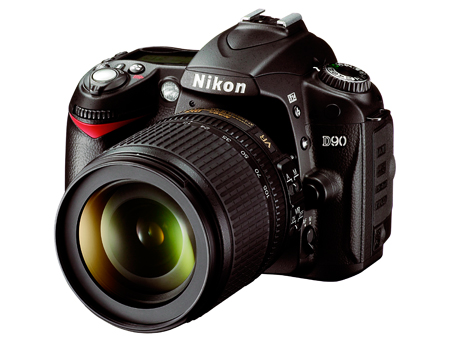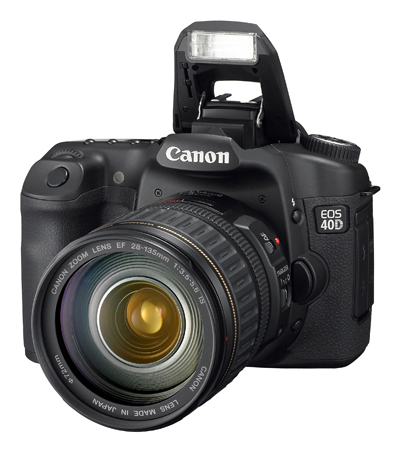What kind of software should I use to edit the movies I make with my Digital SLR camera?
Question
What software is necessary for editing movies made with a Digital SLR camera? I own a Nikon D5000 and have shot over a dozen videos. Many of the movies look great but others need some work. I hope you can tell me which editing software I should buy. R.H.
Answer
Digital SLRs (including the D5000) with a Movie mode, record videos in Motion JPEG format and store it in a QuickTime MOV or an AVI file. This is a very common format that can be viewed on any computer with familiar software (some free) such as QuickTime, Windows Media player or Flash Player. A Motion JPEG file can also be uploaded to websites such as YouTube and Vimeo.com. No software is required to view the videos on an HD TV with HDMI connection, using an optional HDMI cable.



